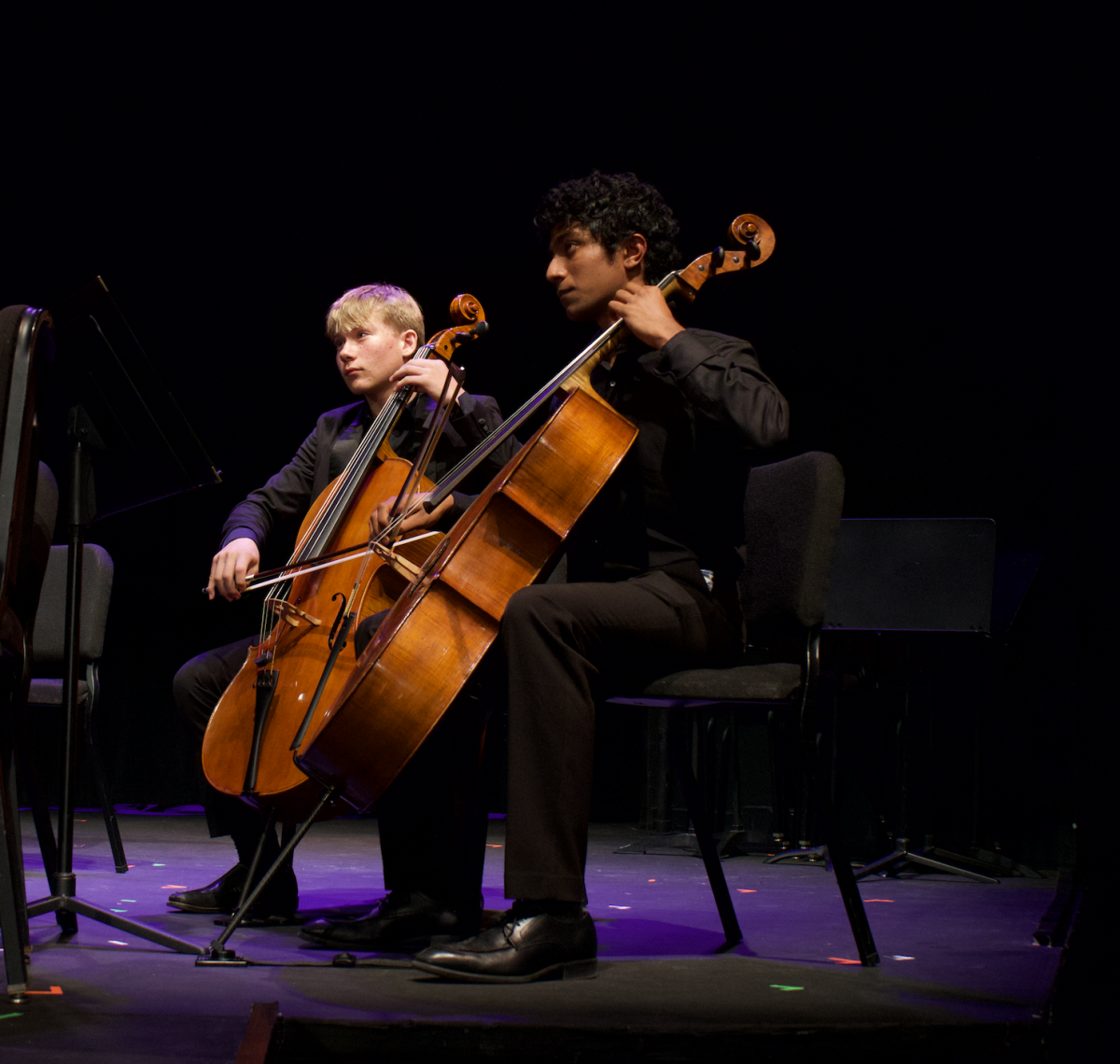With questionable writing and external controversies, Disney brings dishonor to its live-action “Mulan” by mishandling human rights issues, Chinese customs, feminism and the material from the original animated version.
Plot of the movie
Based off the Chinese legend Hua Mulan, the film tells the story of a young woman, Mulan (played by Yifei Liu), who struggles with societal expectations for women in an imperial China. When the Rouran tribal kingdom invades, Mulan takes the place of her ailing father in the army. Aiding the invaders is Xianniang (played by Li Gong), a witch shunned by imperial China.
Movies do not exist separately from societal issues, and “Mulan” has faced boycotting calls because of its association with Chinese human rights violations. Liu posted on social media in 2019 supporting the Hong Kong police, who used force to quell pro-democracy protests. In the movie credits, Disney thanks several Chinese government entities working to detain over one million Uighur Muslims, an ethnic minority living in the Xinjiang Province.
Controversy surrounding the film
Disney’s weak stance on the Mainland Chinese government’s human rights violations and its casting of a popular Chinese actress come across as attempts to court the Mainland Chinese audience. However, Disney even misses that mark by hiring white New Zealand director Niki Caro and littering the film with historical inaccuracies. For example, the original Mulan was born in northern China. However, Disney’s live-action Mulan lives in a “tulou” house from the southern Fujian province.
Some plot points in the movie felt contrived, such as (spoiler alert) Xianniang’s death after she switches to Mulan’s side. Xianniang died stopping an arrow from hitting Mulan, which was unnecessary considering Mulan consistently dodges arrows throughout the film. It felt as though the writers couldn’t figure out what to do with Xianniang and chose to get rid of her. The death goes against the movie’s feminist message, considering Xianniang was the only other woman Mulan had significant interactions with other than Mulan’s mother and sister, who had few lines of dialogue.
Personal conclusions about the Film
Though the fight scenes were enjoyable and the set and costume designs were striking, the movie was dry when there wasn’t any combat. Because the live-action movie excluded Mushu, a character who served as comedic relief in the animated movie, it was also less engaging.
With dry writing, plot points contradictory to feminism and a refusal to stand up against the Mainland Chinese government’s human rights violations, Disney fails at both crafting an entertaining movie and navigating social issues. Disney’s blunders make “Mulan” barely decent at best and downright infuriating at worst for a wide range of audiences.





























